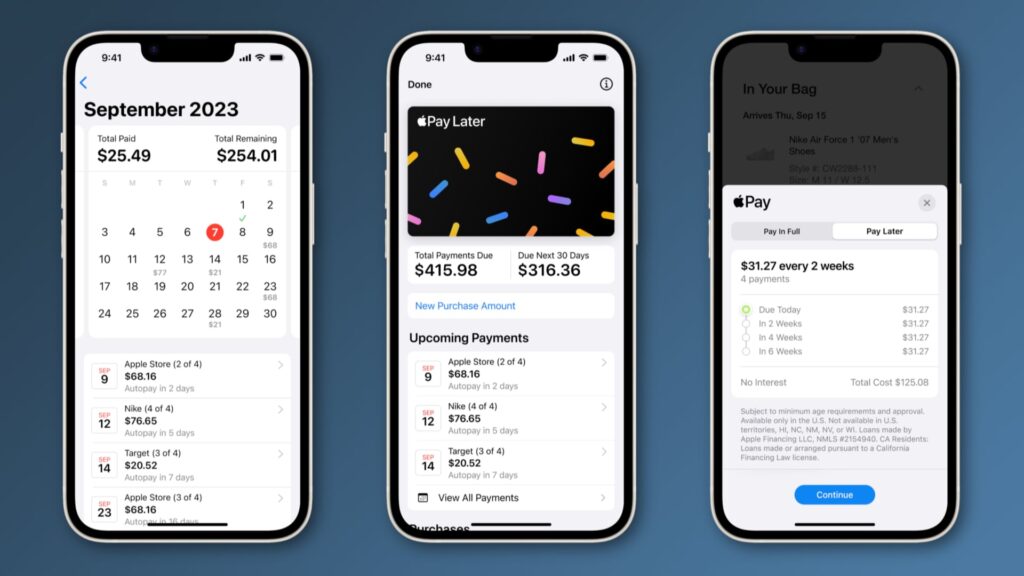2025 is shaping up to be the year of tough choices in app development. On one side, we have low-code platforms — fast, visual, and increasingly powerful. On the other, full-code development — deep, customizable, and engineered for scale. The question isn’t which is better. It’s which is right for your next build.
Startups want speed. Enterprises want stability. Both want results. But too often, teams commit too early to one approach without understanding the trade-offs. That’s where things break — in performance, budget, or scalability.
This blog breaks down where low-code thrives, where full-code dominates, and how a hybrid model might just be the golden middle ground. Whether you’re a SaaS founder racing to MVP or an enterprise CTO eyeing long-term sustainability, here’s how to make the right call in 2025.
Table of Contents
Low‑Code in 2025: A Market on Fire
Adoption by the Numbers
Low-code isn’t just trending — it’s transforming how software gets built. By 2025, Gartner predicts that over 70% of new enterprise applications will be created using low-code or no-code platforms. That’s a massive leap from just a few years ago.
Why? Because low-code tools are removing the traditional barriers to development. With drag-and-drop builders and visual interfaces, non-developers — often called “citizen developers” — are stepping in to build internal apps, workflows, and even customer-facing tools. According to Hostinger, 80% of low-code users by 2026 will be non-technical staff.
This democratization of development is helping companies close the IT backlog gap — speeding up delivery without hiring more devs.
Real-World Payoff: App Launch Speed and Cost Savings
Beyond just hype, the benefits of low-code are tangible. Development timelines are shrinking dramatically — in many cases, teams are seeing a 60–90% reduction in time-to-market.
Need to launch an MVP? What used to take months can now take weeks. And with platforms like OutSystems, Mendix, and Microsoft Power Apps, even relatively complex applications can be pieced together quickly — often at a fraction of traditional dev costs.
For startups, this means hitting market validation faster. For enterprises, it means accelerating digital transformation initiatives without crushing IT departments.
When Full‑Code Still Wins
High-Complexity, High-Performance Use Cases
While low-code tools are racing ahead, they’re not a silver bullet. For high-performance applications — think real-time analytics engines, custom AI pipelines, or multi-tenant SaaS platforms — full-code is still king.
Why? Because these apps demand tight control over architecture, performance optimization, and advanced backend logic that low-code platforms often can’t handle efficiently. If your product needs to scale across millions of users or integrate deeply with third-party systems, you’re going to hit the ceiling with low-code — fast.
Deep Customization, Integrations, and Legacy Compatibility
Full-code development gives teams the flexibility to go beyond what’s possible in drag-and-drop interfaces. You can fine-tune every detail of your UI/UX, build advanced permission models, or integrate with legacy systems that low-code platforms don’t support out of the box.
Need pixel-perfect branding? Advanced reporting dashboards? Real-time collaboration features? Full-code lets you build exactly what you envision — no compromises, no workarounds.
In regulated industries like finance or healthcare, full-code also allows for tighter security, compliance, and auditing controls. It’s not just about building faster — it’s about building right.
The Hybrid Sweet Spot
What Hybrid Low-Code Really Means
Hybrid development is where low-code and full-code meet — and it’s quickly becoming the preferred model for modern teams. In this setup, low-code handles the repetitive scaffolding, while full-code fills in the gaps with advanced logic, integrations, or custom components.
Think of it like this: instead of starting from scratch, your dev team uses a low-code foundation to accelerate the build — but they’re not locked into it. They can dive into the codebase when complexity demands it. This is exactly how platforms like Microsoft Power Platform, OutSystems, and Appian are evolving — blending visual development with extensibility.
Benefits: Best of Both Worlds with Real Examples
With a hybrid approach, startups can launch MVPs quickly and still pivot to full-code scalability when traction hits. Enterprises can empower internal teams to build tools while maintaining IT control over security and architecture.
Here’s a real-world scenario:
A SaaS founder builds a client dashboard using a low-code front end. It handles UI, form validation, and authentication. But when they need custom reporting with complex SQL queries, the team drops into full-code mode to craft it manually. No roadblocks. No switching platforms.
This flexibility means fewer trade-offs and faster feedback loops — critical in 2025’s build-fast-or-die product landscape.
Pitfalls to Watch
Vendor Lock-In & Cost Risk
One of the biggest concerns with low-code platforms is vendor lock-in. While it’s easy to get started, many platforms make it difficult — or even impossible — to export your application and host it elsewhere. If you outgrow the platform or hit pricing limits, you might find yourself stuck.
And speaking of pricing — what starts as a cost-saving solution can quickly escalate. Some low-code vendors charge per user, per app, or even per API call. As your app scales, so do your costs. This can blindside founders who assumed low-code was always the cheaper route.
Governance, Security & Accessibility
Empowering non-developers sounds great — until you have dozens of unsanctioned apps floating around your org. Without proper governance, low-code can lead to shadow IT, security vulnerabilities, and data silos.
Additionally, apps built by citizen developers might lack accessibility features, responsive design, or security best practices. In regulated industries, this is a serious liability. That’s why IT teams must be looped in early — not just as watchdogs, but as strategic partners.
A hybrid model can help here too, allowing IT to define guardrails while enabling fast iteration at the edge.
The Future with AI & Governance
AI-Assisted Development in Low-Code
Artificial intelligence is rapidly transforming low-code platforms. In 2025, AI isn’t just assisting — it’s actively building. From auto-generating code snippets to debugging and even creating full app flows based on natural language prompts, AI is making development even faster and more accessible.
Imagine telling your platform, “Build a dashboard that shows weekly churn by user segment,” and watching it create the backend logic, charts, and UI in seconds. Tools like GitHub Copilot, OpenAI’s Codex, and emerging platform-native assistants are making this a reality.
This acceleration is exciting — but it comes with new challenges in validation, version control, and code quality.
Governance Frameworks and Responsible Use
With so much speed and automation, the risk of rogue apps and unstable builds also grows. That’s where governance steps in. In 2025, more organizations are investing in low-code centers of excellence — cross-functional teams that define standards, security protocols, and approval workflows.
These frameworks ensure that citizen development aligns with business goals and IT strategy — not just short-term convenience. As AI plays a bigger role, ethical use and data governance will become just as critical as code quality.
The future isn’t just faster — it’s smarter and safer, if teams stay proactive.
Conclusion: Choosing Your Sweet Spot in 2025
Low-code is no longer just a shortcut — it’s a serious strategy. But full-code isn’t going anywhere either. The smartest teams in 2025 aren’t choosing sides. They’re choosing balance.
Whether you’re a SaaS founder building an MVP or an enterprise CTO modernizing legacy systems, your stack should match your stage. Use low-code for speed. Use full-code for control. Use both when excellence demands it.
Here’s how to get it right:
3 Takeaways for App Development in 2025
- Start with speed, plan for scale
Use low-code to validate early, but ensure your architecture can evolve to full-code when needed. - Build hybrid, not just fast
Choose platforms that support both drag-and-drop speed and deep code extensibility. - Govern like an enterprise, even if you’re small
Set clear rules for security, QA, and platform use — especially when AI and citizen developers are in the mix.
The tools have changed. The need for clarity hasn’t. Find your sweet spot — and build smarter in 2025.
FAQs
1. What is the difference between low-code and full-code development?
Low-code uses visual tools to build apps with minimal coding, while full-code requires manual programming. Low-code is faster; full-code is more flexible.
2. When should I choose low-code over full-code?
Use low-code for rapid prototyping, internal tools, or MVPs. It’s best when speed and simplicity matter more than deep customization.
3. What are the limitations of low-code platforms?
Low-code platforms can struggle with performance, scalability, and complex custom features. Vendor lock-in and high costs are also common concerns.
4. Can low-code and full-code be used together?
Yes. A hybrid approach lets you build quickly with low-code, then extend functionality or performance using full-code where needed.
5. Is low-code development secure for enterprise apps?
It can be, but only with proper governance. IT should enforce access controls, compliance standards, and security audits.


